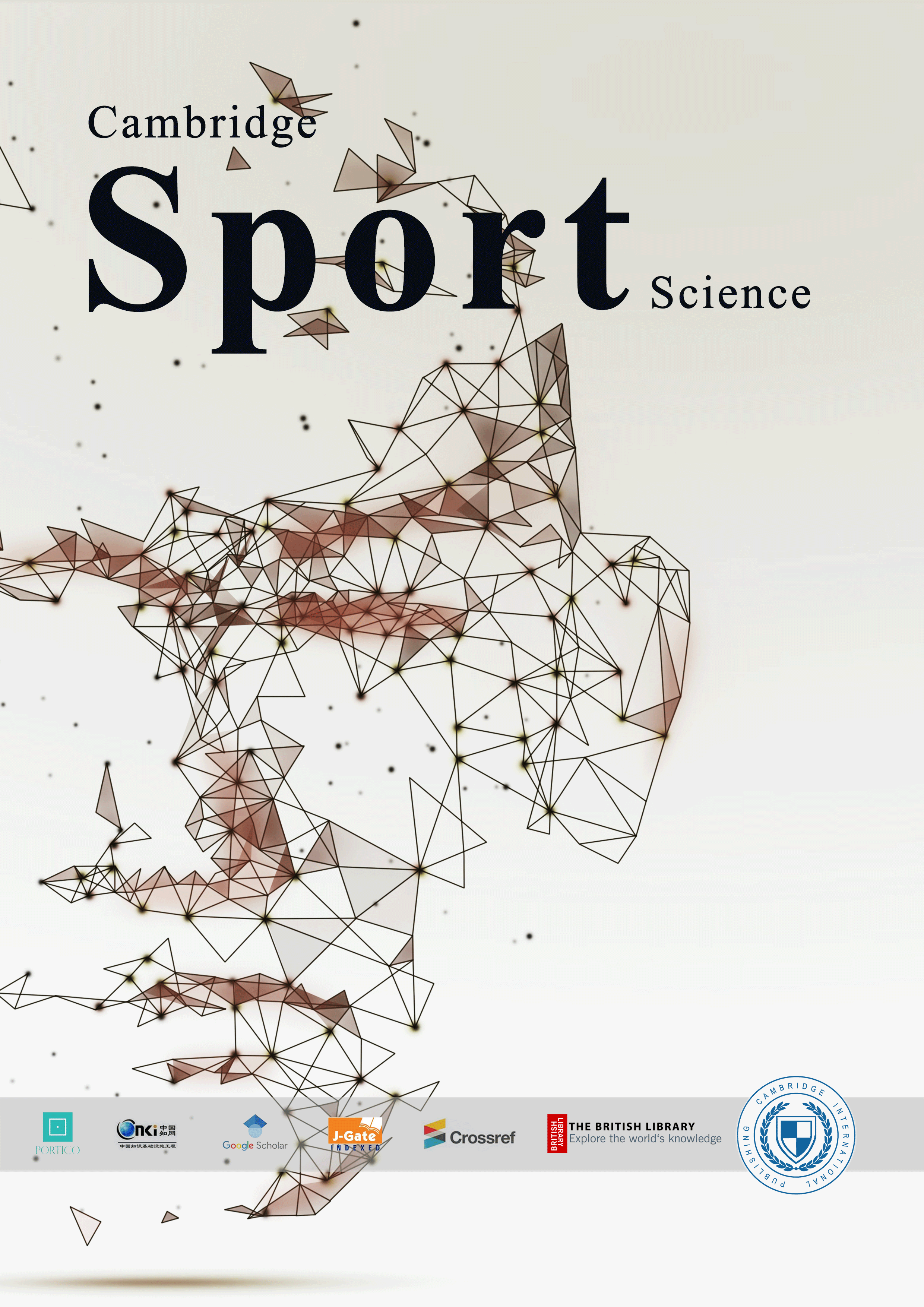Published 02-07-2024
Keywords
- Guillain-Barre syndrome,
- Electrophysiology,
- Immunotherapy
Copyright (c) 2024 Cambridge Sport Science

This work is licensed under a Creative Commons Attribution-NonCommercial 4.0 International License.
How to Cite
Abstract
Objective: To compare and analyze the clinical and neurophysiological characteristics of rapidly and slowly recovering acute motor axonal neuropathy (AMAN) patients. Methods: Clinical data of 50 AMAN patients treated at our hospital were collected. Patients with a Hughes score of ≥3 during the peak of the illness were included in the slow recovery group, and those with a score of <3 were included in the rapid recovery group. The clinical and electrophysiological characteristics of the two groups were retrospectively analyzed and compared. Results: A total of 27 patients were included in the slow recovery group, and 23 in the rapid recovery group. The slow recovery group had a Hughes score of 4-6 at the peak of the illness, older age at onset, more frequent preceding diarrhea, involvement of the bulbar muscles, complete limb paralysis, and respiratory muscle involvement requiring mechanical ventilation. The rapid recovery group had a Hughes score of 2-4 at the peak of the illness, younger age at onset, milder clinical symptoms, milder limb paralysis, and frequent limb numbness. Electromyography characteristics of AMAN: The sensory nerve action potential (SNAP) and sensory nerve conduction velocity (SCV) were normal. The distal motor latency (DML) and motor nerve conduction velocity (MCV) of the median nerve, ulnar nerve, and tibial nerve were all within the normal range; the peroneal nerve DML was higher than the normal value (P<0.05), while MCV was lower than the normal value (P<0.05), but there was no statistically significant difference between the two groups. The compound muscle action potential (CMAP) amplitude began to decrease within the first week, and the CMAP amplitude of the median nerve, ulnar nerve, and peroneal nerve, except for the tibial nerve, was lower in the slow recovery group than in the rapid recovery group (all P<0.05). The F-wave latency ratio of each motor nerve in AMAN patients was reduced, and the rate of unobtainable F-waves in the upper limb ulnar nerve and lower limb tibial nerve was higher in the slow recovery group than in the rapid recovery group (all P<0.05). Conclusion: AMAN is characterized by pure motor nerve involvement, normal sensory nerves, axonal damage to motor nerves, and associated conduction block. The lower the motor nerve CMAP amplitude and the higher the proportion of unobtainable F-waves, the slower the recovery and the poorer the prognosis.
References
- Satoshi Kuwabara. Guillain-Barré syndrome[J]. Curr Neurol Neurosci Rep, 2007, 7: 57-62.
- Chinese Medical Association Neurology Branch Neuromuscular Disease Group. Guidelines for the diagnosis and treatment of Guillain-Barré syndrome in China[J]. Chinese Journal of Neurology, 2010, 43: 583-586.
- Hughes RA, Hadden RD, Gregson NA, et al. Pathogenesis of Guillain-Barré syndrome[J]. J Neuroimmunol, 1999, 100: 74-97.
- Kaida K, Ariga T, Yu RK. Antiganglioside antibodies and their pathophysiological effects on Guillain-Barré syndrome and related disorders - a review[J]. Glycobiology, 2009, 19: 676-692.
- Susuki K, Rasband MN, Tohyama K, et al. Anti-GM1 antibodies cause complement-mediated disruption of sodium channel clusters in peripheral motor nerve fibers[J]. J Neurosci, 2007, 27: 3956-3967.
- Susuki K, Yuki N, Schafer DP, et al. Dysfunction of nodes of Ranvier: A mechanism for anti-ganglioside antibody-mediated neuropathies[J]. Exp Neurol, 2012, 233: 534-542.
- Kokubun N, Nishibayashi M, Uncini A, et al. Conduction block in acute motor axonal neuropathy[J]. Brain, 2010, 133: 2897-2908.
- Uncini A, Capasso M. Acute motor conduction block neuropathy followed by axonal degeneration and poor recovery[J]. Neurology, 2006, 67: 543.
- Hiraga A, Mori M, Ogawara K, et al. Recovery patterns and long-term prognosis for axonal Guillain-Barré syndrome[J]. J Neurol Neurosurg Psychiatry, 2005, 76: 719-722.
- Peedicayil S, Jose J, Gafoor VA, et al. Reversible conduction failure in acute motor axonal neuropathy[J]. Ann Indian Acad Neurol, 2014, 17: 142-143.
- Li Lin, Zhang Ru Shu. Analysis of electrophysiological and pathological characteristics of Han Chinese patients with Charcot-Marie-Tooth disease type X1[J]. Neural Injury and Functional Reconstruction, 2019, 14: 128-131.
- Uncini A, Manzoli C, Capasso M. Acute motor conduction block neuropathy at acute multifocal; motor neuropathy: an attempt at a nosological systematization[J]. Muscle Nerve, 2010, 41: 283-285.

